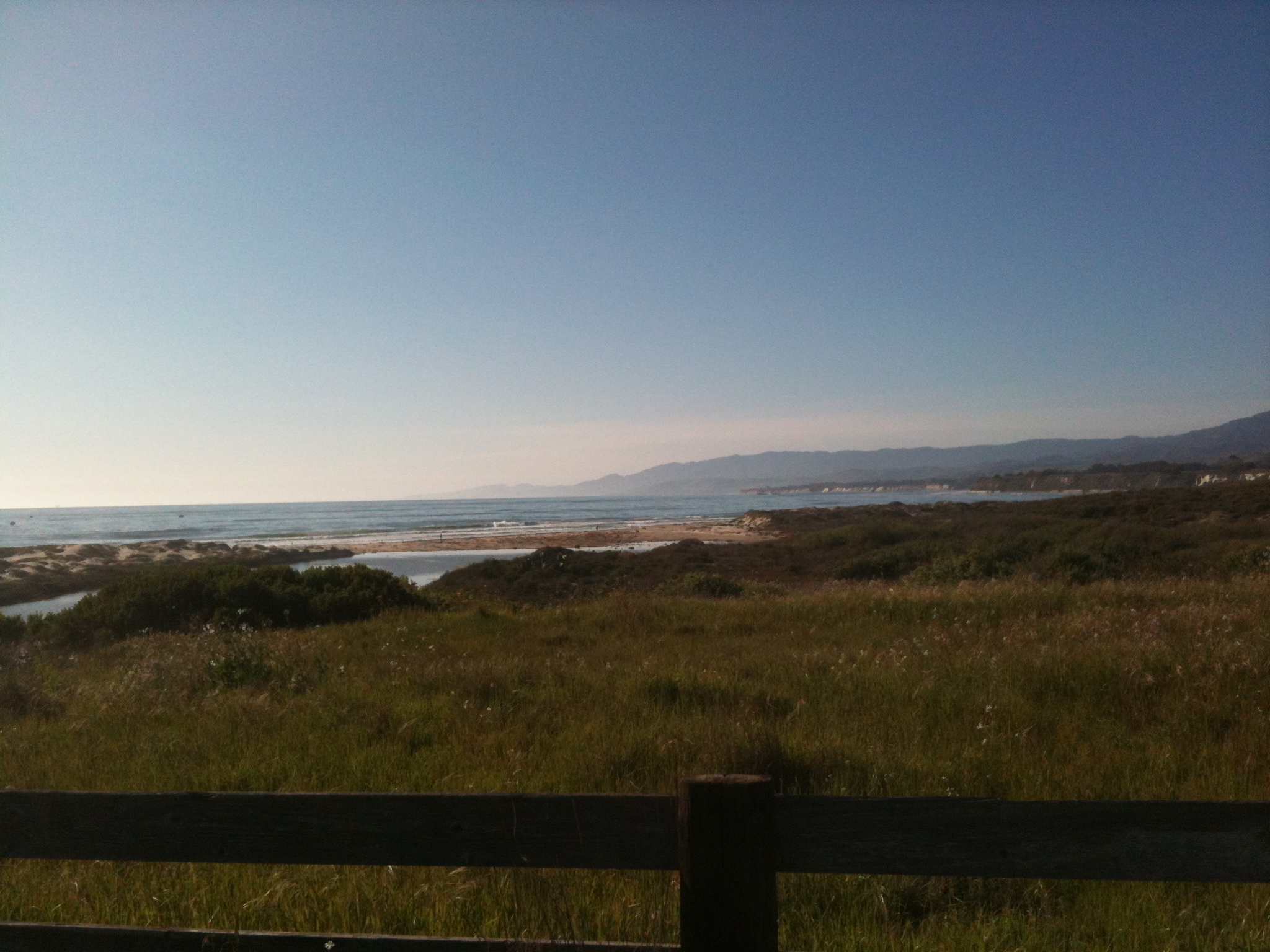
With little fanfare, a big step was made toward protecting the ocean along Isla Vista’s coast. On January 1, 2012, the ocean from Campus Point to Ellwood became a Marine Protected Area (MPA) and is now under the auspices of the California Department of Fish and Game. The official name is the Campus Point State Marine Conservation Area.
What this means for the Isla Vista area is that certain activities, including fishing, are now prohibited in this zone. The official language reads, “Take of all living marine resources is prohibited, except for take pursuant to operation and maintenance of artificial structures inside the conservation area … ” The caveat, allowing marine resources to be taken near artificial structures, exists to allow oil production representatives the ability to maintain equipment, including pipelines, located in this area.

While there are now certain things that cannot be done in the area, it is not designated as a Marine Reserve, which has more stringent restrictions. If you are a surfer, diver, or other type of recreational ocean user, you are still free to use the ocean as your playground. And if you are a marine researcher, this area is made for you.
Michael Sheehy, marine program director for Santa Barbara Channelkeeper , said that this designation could have a wide range of benefits for both fish species and the habitats they live in.
“We have seen the historic decline of bass, kelp bass,” he said. In addition, some fish species have decreased in size. Sheehy said sheepshead fish, in particular, have become smaller in size. Sheepshead fish are unique because they grow to a certain size as females and then turn into males.
Unfortunately, the fish’s size impacts its reproductive success. “What this means is the males get smaller, the females get smaller, and we see a cascading effect. The amount of offspring they put out is less,” Sheehy explained.
The threats to ocean life are not limited to the fish population. Plants, such as kelp, have also been affected. “I’ve seen gradual historic changes, in many cases decline, of kelp beds,” he said. “If we lose density of the kelp forests … we will see a decrease in the species that depend upon them.”
The Marine Protected Area’s purpose includes protecting fish species and rebuilding the ecosystem base, Sheehy said. “It will allow certain species to rebuild their population,” he explained. In so doing, he added, the MPA will “allow the integrity of the entire system to come back.”
Here’s an analogy. Years ago, the dunes between the Devereux Slough and Sands Beach were blocked off to limit access. This was done to protect the snowy plovers that live in this area. However, there was an unanticipated benefit; the dunes thrived, and the mouth of the slough moved to take on its natural path. While the keepers of the Coal Oil Point Reserve had one intent in mind, the benefits were many. With MPAs, the same principle is expected to apply.
The California Department of Fish and Game is in charge of enforcing the regulations, and citizens can call the CALTIP hotline if they see someone fishing in these areas, but Sheehy said that his organization’s focus is education. “We have programs focused on trying to get the word out,” he said.
Channelkeeper representatives have gone to area dive shops, the harbor, and other locations to pass out maps showing the area designated as the Campus Point SMPA . “There is a lot of confusion about the boundaries,” he explained.
Another way Channelkeeper works to get the word out, and support the success of the SMPA, is by sending volunteers to collect data on human use in the area. One of 40 volunteers goes out three times a week to take surveys on use in the Campus Point area. The volunteers, both students and local residents, talk to anyone who approaches them asking what they are doing, but do not approach those who are violating the restrictions.
Sheehy said that this data will be used to inform ongoing research and identify correlations. One of the questions the data should answer is, “Are changes in the biology the result of changes in human activity?”
While Channelkeeper volunteers are already out there educating the public about the new MPA, Sheehy said, there is still more to be done. “We can always use more volunteers,” he added.



